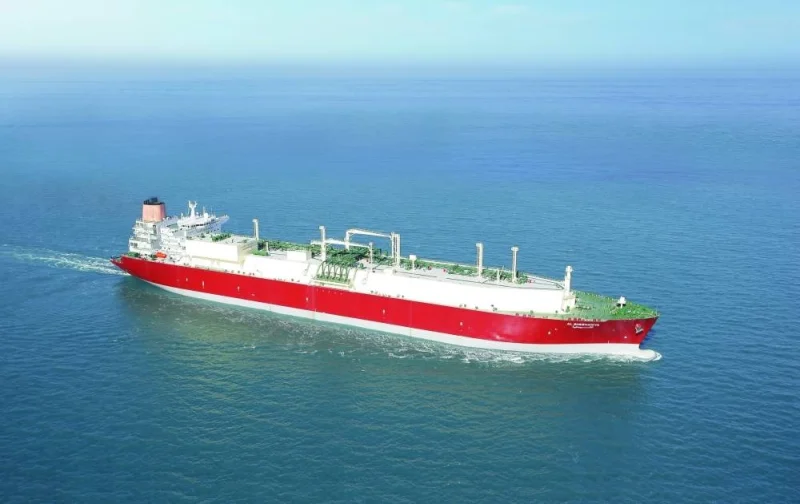Qatar delivered 22 more cargoes in the first quarter of this year compared to the same period last year, the Gas Exporting Countries Forum (GECF) said in its April report.
In March, the total number of global LNG export cargoes increased by 8% m-o-m to 551. The total number of LNG shipments for the first three months of 2023 reached 1598, which is 3% (or 50 more cargoes) than during the same period in 2022.
The US, Australia, and Qatar lead the number of LNG shipments in 2023 thus far, Doha-headquartered GECF noted.
In March 2023, the LNG spot charter rate for steam turbine carriers averaged $38,800 per day, which was 12% higher month-on-month (m-o-m) and 50% higher year-on-year (y-o-y).
The spot charter rate in 2023 has generally been following the seasonal trend, hovering around the five-year average.
During the majority of March, charter rates held steady at the same levels as the end of February, until they declined during the final third of the month.
This, GECF noted that although the average monthly rate increased m-o-m, March concluded with the daily rate actually reaching the lowest level recorded since August 2022.
Charter rates softened at the end of the month as a result of reduced tightness in the market, attributed to increased Atlantic Basin deliveries, rather than intra-basin flows.
The average price of the leading shipping fuels in March 2023 was $560 per tonne, which was 8% lower than the previous month, and 37% lower y-o-y.
In March 2023, the impact of the rise in LNG spot charter rates was offset by decreases in the cost of LNG shipping fuels and the delivered spot LNG prices, resulting in a net decrease in the
LNG shipping cost, by up to $0.12/mmBtu compared with the previous month, GECF said.
Compared with the same month one year ago, charter rates were higher in March 2023, but fuel prices and delivered spot LNG prices were significantly lower than in 2022, resulting in LNG shipping costs up to $1.32/mmBtu lower.
Maintenance activity at LNG liquefaction facilities: In March, both planned and unplanned outages affected 0.80 mtpy of global liquefaction capacity. This represents a significant decrease from 2.07mn tonnes per year (mtpy) in March 2022.
The APLNG facility in Australia and Qatar’s LNG facility underwent planned maintenance activity during the month, while the Soyo LNG facility in Angola, QCLNG facility in Australia and Freeport LNG facility in the US encountered unplanned outages, GECF said.

A Q-Flex vessel ‘Al Sheehaniya’, carrying super-chilled LNG from Qatargas (file picture). In March, the total number of global LNG export cargoes increased by 8% m-o-m to 551. The total number of LNG shipments for the first three months of 2023 reached 1598, which is 3% (or 50 more cargoes) than during the same period in 2022.



